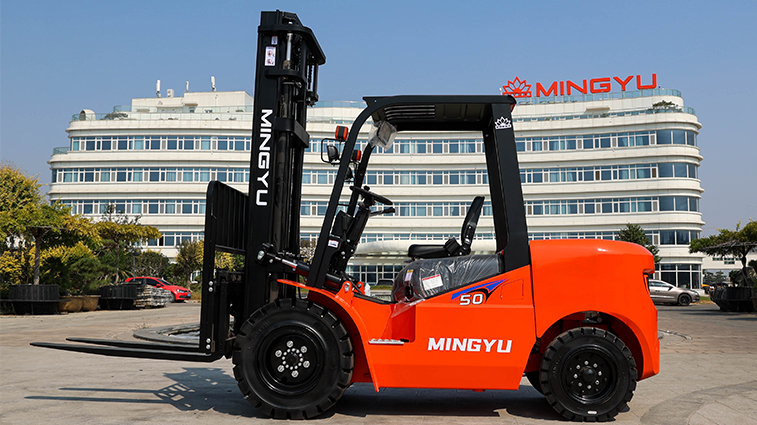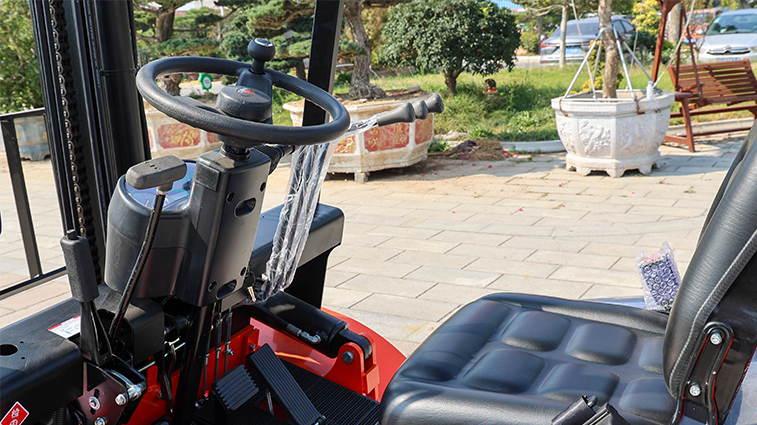
How to Get Forklift Certified: A Comprehensive Guide
Forklift certification is a crucial requirement for anyone operating a forklift, ensuring safety and efficiency in the workplace. This guide will provide you with a comprehensive overview of the certification process, including the necessary steps, training requirements, and certification standards.
Before diving into the certification process, it's essential to understand the diverse range of forklifts available. Forklifts are categorized based on various attributes, including:Forklifts are divided into diesel forklifts, LPG/ gasoline forklifts, and electric forklifts

Understanding Forklift Certification
Forklift certification is a formal process that verifies an individual's knowledge and skills in operating a forklift safely and efficiently. It typically involves a combination of classroom training and hands-on practical training.
Why is Forklift Certification Important?
Forklifts are powerful machines that can pose significant risks if operated incorrectly. Certification ensures that operators:
Understand forklift safety procedures: This includes knowledge of load capacity limits, stability, and operating techniques.
Can identify and mitigate potential hazards: Certified operators are aware of the risks associated with forklift operation and can take steps to prevent accidents.
Can perform pre-operational checks: This involves inspecting the forklift for any defects or malfunctions.
Can operate the forklift safely and efficiently: Certified operators have the skills to maneuver the forklift in various conditions, including narrow aisles and crowded warehouses.
Steps to Get Forklift Certified
Enroll in a Certified Training Program:
Identify Accredited Training Providers: Look for training providers accredited by recognized organizations such as OSHA (Occupational Safety and Health Administration) or ANSI (American National Standards Institute).
Choose the Right Training Course: Select a course that aligns with your specific needs and the type of forklift you'll be operating. Common forklift types include counterbalanced, reach, sit-down rider, and stand-up rider forklifts.
Enroll in the Course: Complete the registration process and pay the necessary fees.
Complete Classroom Training:
Learn Forklift Theory: This includes understanding forklift components, operating principles, safety regulations, and emergency procedures.
Study Load Capacity and Stability: Learn how to calculate load capacity, center of gravity, and safe load distribution.
Review Pre-Operational Checks: Understand the importance of inspecting the forklift before each use.
Practice Safe Operating Techniques: Learn proper techniques for starting, stopping, turning, and backing up the forklift.
Undergo Hands-On Training:
Practice on a Training Forklift: Gain practical experience under the supervision of a certified instructor.
Master Basic Maneuvers: Practice driving forward, backward, turning, and lifting and lowering loads.
Learn Advanced Maneuvers: If required, practice more complex maneuvers such as side-loading and stacking.
Pass the Written Exam:
Test Your Knowledge: Take a written exam to assess your understanding of forklift theory and safety regulations.
Review Exam Topics: Focus on key areas such as forklift components, load capacity, stability, and operating procedures.
Pass the Practical Skills Test:
Demonstrate Your Skills: Perform a series of practical exercises to evaluate your ability to operate the forklift safely and efficiently.
Follow Safety Guidelines: Adhere to safety protocols throughout the test.

Obtain Your Forklift Certification:
Receive Your Certificate: Upon successful completion of the training and passing both the written and practical exams, you will receive your forklift operator certification.
Maintaining Your Certification
Forklift certification is typically valid for a specific period, often one to three years. To maintain your certification, you may need to:
Complete refresher training: This ensures that you stay up-to-date on the latest safety regulations and best practices.
Pass a recertification exam: This may involve both written and practical tests.
Additional Tips for Forklift Operators
Wear Appropriate Personal Protective Equipment (PPE): This includes safety glasses, hard hats, and steel-toed boots.
Be Aware of Your Surroundings: Pay attention to pedestrians, other vehicles, and obstacles in your path.
Avoid Distractions: Stay focused on the task at hand and avoid using mobile devices while operating the forklift.
Report Any Issues or Concerns: If you notice any problems with the forklift or your work environment, report them to your supervisor immediately.
By following these guidelines and obtaining forklift certification, you can help ensure a safe and productive work environment.

Understanding Forklift Categorical Attributes
Name: selena
Mobile:+86-13176910558
Tel:+86-0535-2090977
Whatsapp:8613181602336
Email:vip@mingyuforklift.com
Add:Xiaqiu Town, Laizhou, Yantai City, Shandong Province, China